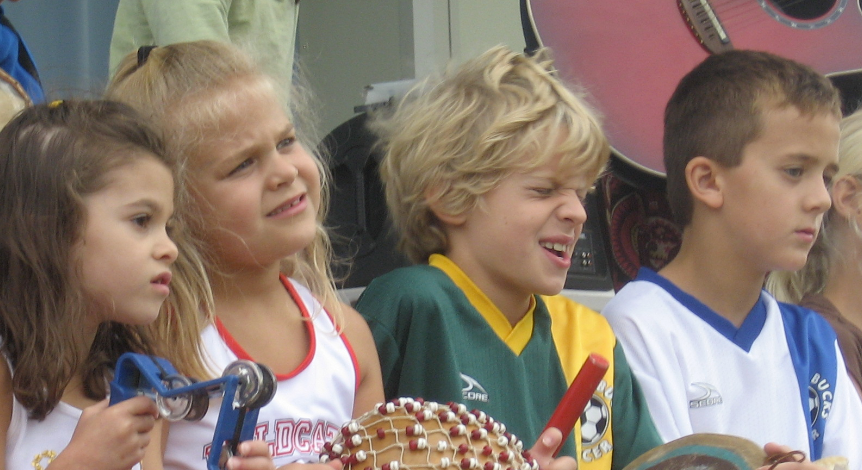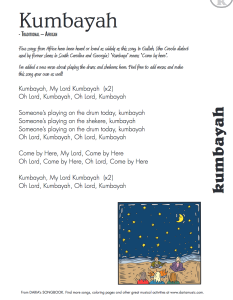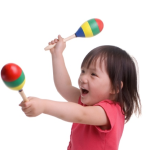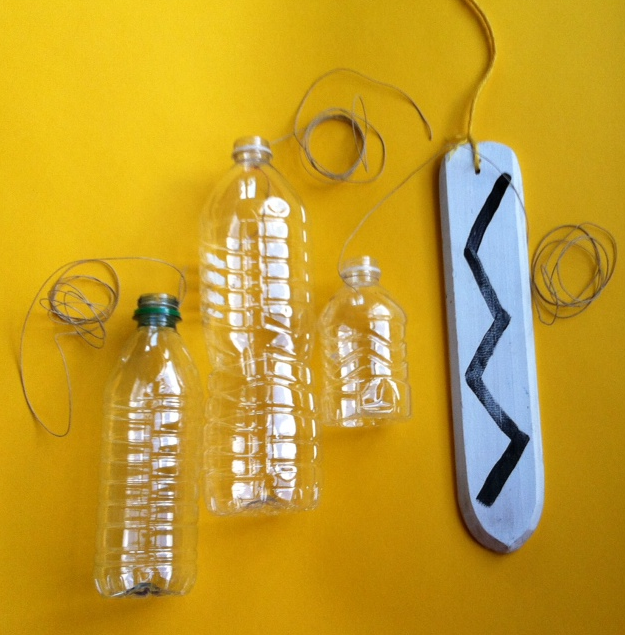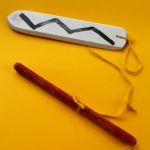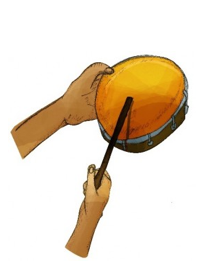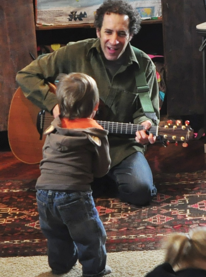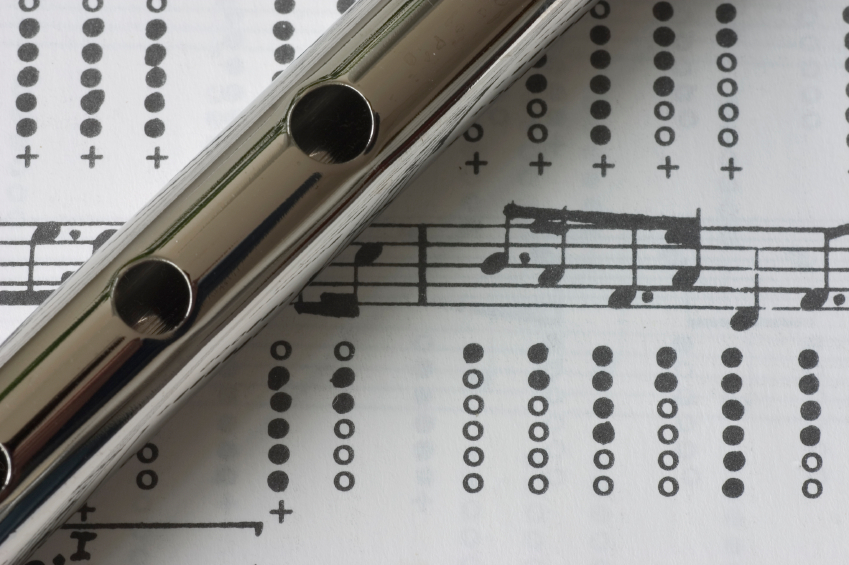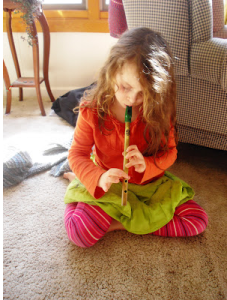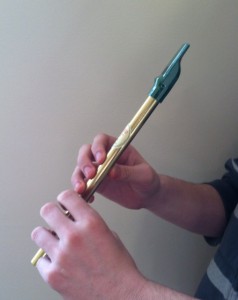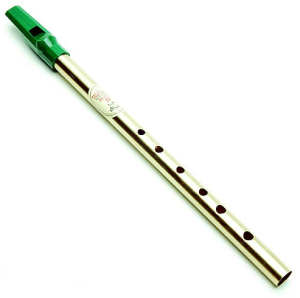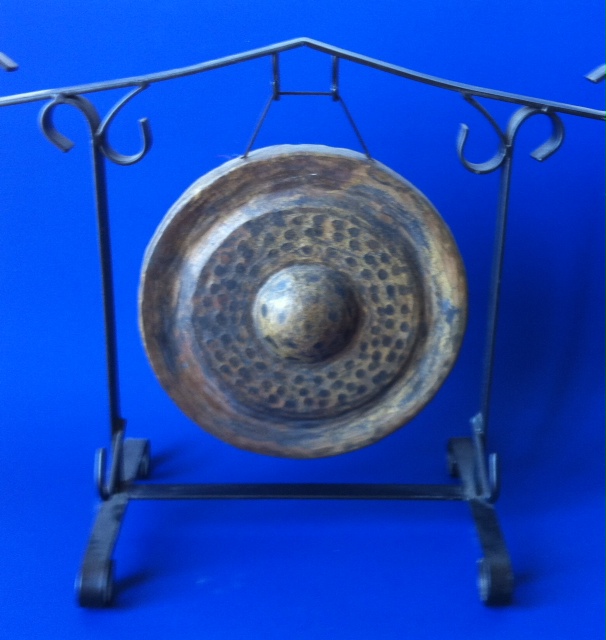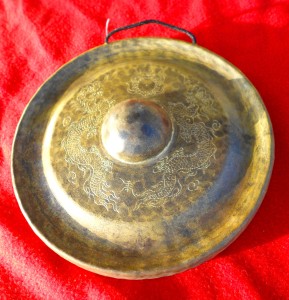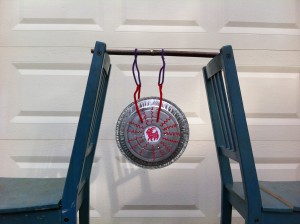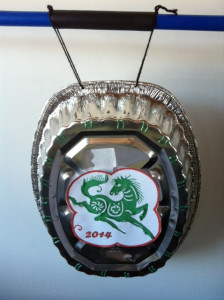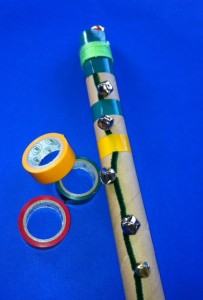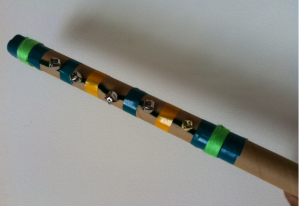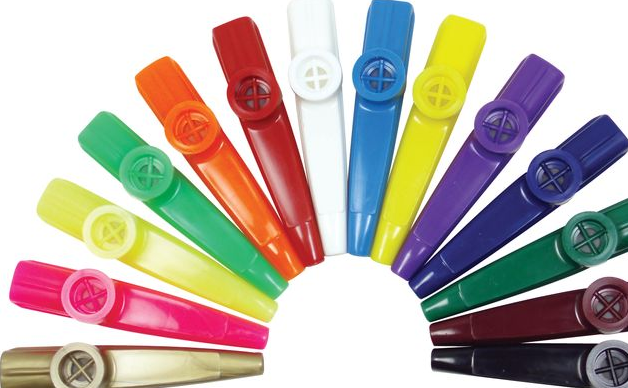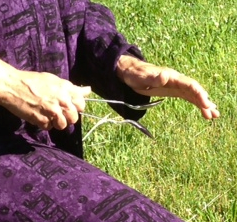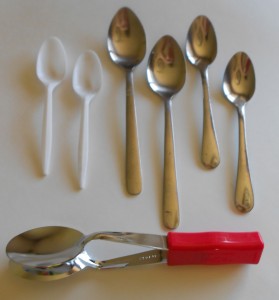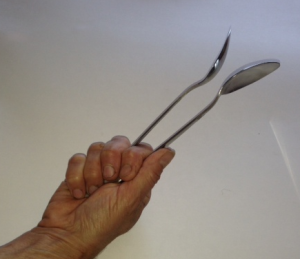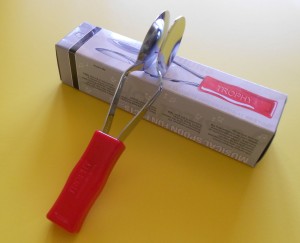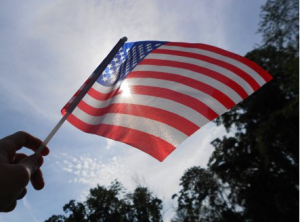 Feeling patriotic?
Feeling patriotic?
Almost anyone can sing the chorus to this popular patriotic song that dates back to 1906. But did you know it was originally written with the title – You’re A Grand Old Rag”? Created by a popular composer of that era, George M. Cohan, this particular song was the first to sell over a million copies of sheet music as part of a musical revue called “George Washington, Jr.”. Perhaps that makes it one of the first chart-topping hits of American history.
Here’s an animated video of the version that most folks recognize and enjoy.
But what about the original “Grand Old Flag?” Why was the title “You’re A Grand Old Rag”? The story is told that George M. Cohan found himself seated next to a veteran of the battle of Gettysburg from the civil war one day. The soldier had a worn and torn, but carefully folded American flag. When Cohan asked about it, the vet replied – “Ah, she’s a grand old rag” and that became the original title of the song. As time went on, many performers and groups objected to calling the flag a rag. After several years, Cohan relented to popular sentiment and the song became “Grand Old Flag”.
If you look at the complete lyrics, there are some odd lines and references in the song. It seems that the writer slipped the titles and lyrics to other patriotic or popular songs into this piece of music. It was a clever way of sharing some of other songs that he used in his George Washington musical, such as “Yankee Doodle” or “I Wish I Were In Dixie” (Way down south in the land of cotton). And the lyrics “should auld acquaintance be forgot” is clearly from the old time classic “Auld Lang Syne”.
When this song is sung by kids or for kids, most people use the chorus only. That’s probably because the two original verses have language that seems a bit outdated to modern ears. It would be hard to find anyone today that might say: “by gum!”, “I’m no cranky hanky panky” or” I’m a dead square, honest Yankee”. Still, with all that said, the chorus of the song is a patriotic gem. It’s easy to sing and shares powerful feelings of what it means to love and cherish your country and treasure one of it’s most honored symbols.
When I recorded a version of this song, I used old timey instruments. I played the spoons as the rhythm and had an old-fashioned jaw harp as well. I remembered my uncles who had served in the 2nd world war using really simple instruments like this and how the song made them feel proud of their service to the USA.
Here are the most popular version of the lyrics from the chorus:
You’re a grand old flag,
You’re a high flying flag
And forever in peace may you wave.
You’re the emblem of
The land I love.
The home of the free and the brave
Ev’ry heart beats true
‘neath the Red, White and Blue,
Where there’s never a boast or brag.
But should auld acquaintance be forgot
Keep your eye on the grand old flag.
——————
Daria’s Children’s song version of You’re A Grand Old Flag (complete with spoons and a jaw harp) at:
ITunes
http://www.amazon.com/gp/product/B0024XD1SY/ref=dm_dp_trk6
Amazon mp3
http://www.amazon.com/gp/product/B0024XD1SY/ref=dm_dp_trk6
Lyrics:
http://www.dariamusic.com/grandoldflag.php
Downloadable lyric sheet:
http://www.dariamusic.com/docs/songs/Grand%20Old%20Flag%20Songbook.pdf
George M. Cohan was a prolific songwriter as well as a playwright, composer, lyricist, actor, singer, dancer and producer. You can find out more about him here:
http://en.wikipedia.org/wiki/George_M._Cohan
Complete Lyrics to You’re A Grand Old Flag
By George M. Cohan
Verse 1
There’s a feeling comes a-stealing,
And it sets my brain a-reeling,
When I’m listening to the music of a military band.
Any tune like “Yankee Doodle”
Simply sets me off my noodle,
It’s that patriotic something that no one can understand.
“Way down south in the land of cotton”
Melody untiring,
Ain’t that inspiring?
Hurrah, Hurrah, We’ll join the jubilee!
And that’s going some, for the Yankees by gum!
Red, white and blue, I am for you!
Honest, you’re a grand old flag!
Verse 2
I’m no cranky hanky panky,
I’m a dead square, honest Yankee,
And I’m mighty proud of that old flag
That flies for Uncle Sam.
Though I don’t believe in raving
Ev’ry time I see it waving,
There’s a chill runs up my back that makes me glad I’m what I am.
Here’s a land with a million soldiers,
That’s if we should need ‘em,
We’ll fight for freedom!
Hurrah! Hurrah! For every Yankee tar
And old G. A. R.
Ev’ry stripe, ev’ry star.
Red, white and blue,
Hats off to you
Honest, you’re a grand old flag!
Chorus
You’re a grand old flag,
You’re a high flying flag
And forever in peace may you wave.
You’re the emblem of
The land I love.
The home of the free and the brave
Ev’ry heart beats true
‘neath the Red, White and Blue,
Where there’s never a boast or brag.
But should auld acquaintance be forgot
Keep your eye on the grand old flag.
You can hear a 1906 recording of the complete song – sung by Billy Murray here:
http://en.wikipedia.org/wiki/You%27re_a_Grand_Old_Flag
Version of the entire song performed by the United States Air Force Band
http://en.wikipedia.org/wiki/You%27re_a_Grand_Old_Flag
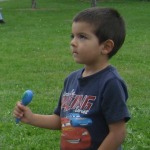 I Know A Song That Gets On Everybody’s Nerve
I Know A Song That Gets On Everybody’s Nerve 
